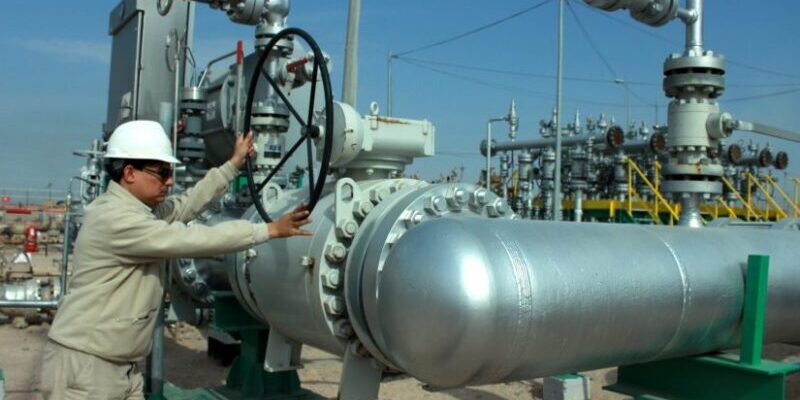Global demand for natural gas is projected to rise by 32% by 2050, increasing from 4,018 billion cubic meters (bcm) in 2023 to 5,317 bcm, according to the latest Gas Exporting Countries Forum (GECF) Global Gas Outlook 2050 report, released on March 10.
The report attributes this growth to economic expansion in developing economies and a global population increase to 9.8 billion by 2050.
By the late 2030s, natural gas will surpass coal as the world’s second-largest energy source, with its share of the global energy mix rising from 23% in 2023 to 26% by 2050. Meeting this demand will require $11.1 trillion in upstream and midstream investment.
According to GECF General Secretary Eng. Mohamed Hamel, global energy markets are undergoing seismic shifts due to evolving trade, environmental policies, and geopolitical realignments. He emphasized that energy security and affordability are once again taking center stage.
Hamel highlighted natural gas as a key driver of industrialization and a tool to alleviate poverty in developing nations.
“The findings of the GGO confirm our argument that only a diverse energy mix—tailored to the unique circumstances and priorities of individual countries, regions, and cities—can ensure a balance of energy security, affordability, and sustainability,” he stated.
As global energy demand evolves, natural gas is expected to play an increasingly critical role in ensuring a stable and sustainable energy future.
![]()




